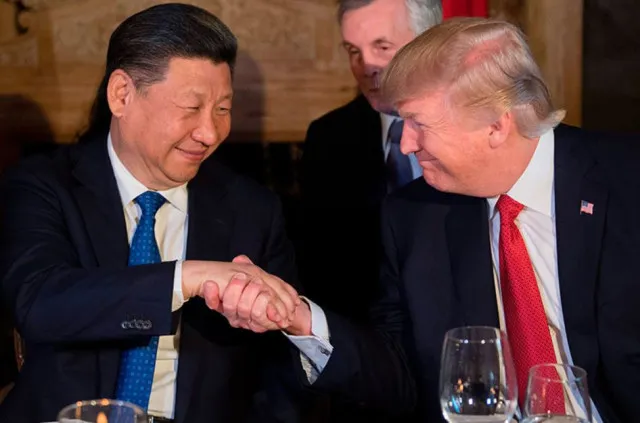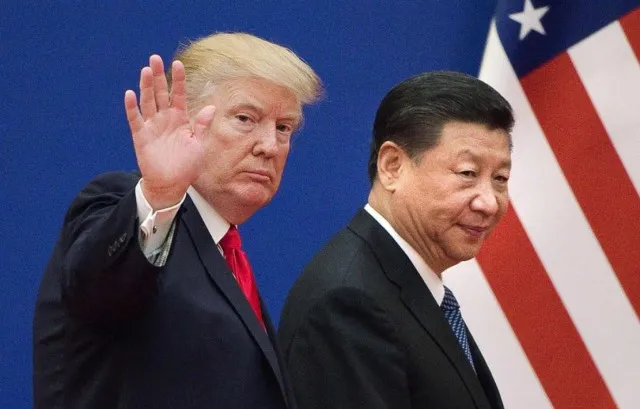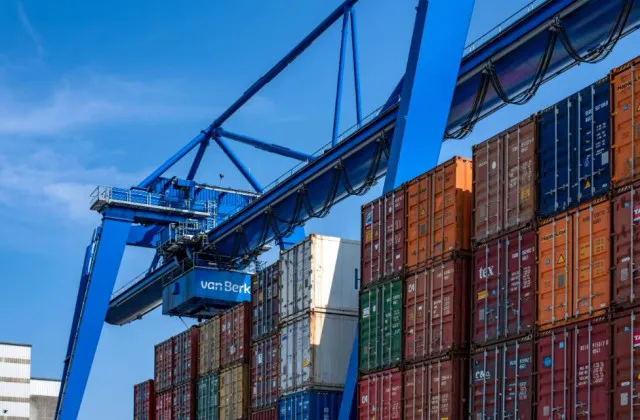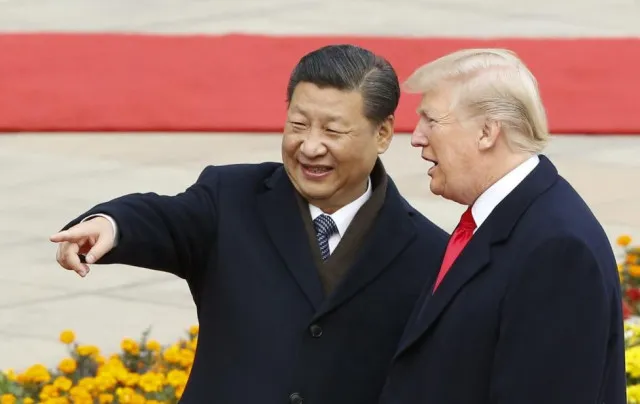President Trump confirms China will fully open markets to U.S. businesses following successful trade negotiations.
China’s agreement to open markets to U.S. businesses
In a major development from recent trade negotiations between Washington, D.C., and Beijing, President Donald Trump announced that China has agreed to “fully open” its markets** to American businesses.
This agreement, still in the process of being finalized. This made a crucial step forward in the trade relationship between the two countries.
Trump shared the news with reporters at the White House on Monday.

Additionally, The US president alsp emphasized that the market opening is the most significant aspect of the deal.
“The biggest thing to me is the opening up,” Trump told reporters Monday during an announcement regarding an executive order on drug prices in the U.S. “It would be, I think it would be fantastic for our businesses if we could go in and compete and compete with China. It would be a lot of jobs for China.”
Trump highlights benefits of U.S. businesses accessing China’s market
President Trump described the deal as “fantastic” for U.S. businesses. He emphasized the importance of competing with China in a fair market.

“I think it’s maybe the most important thing to happen, because if you think about it, we opened up our country to China,” Trump said. “They come. We don’t. I mean, they have very few restrictions. and they didn’t open their country to us, never made sense to them. It’s not fair. And they’ve agreed to open China fully open…and I think it’s going to be fantastic.”
He pointed out the current trade imbalance, where China’s market is largely open to U.S. goods, but American businesses face restrictions.
Trump argued that this situation has been unfair for years. He stated that China’s decision to open up is a crucial step.
This move represents progress toward achieving fairness in international trade.
U.S. and China reach temporary tariff reductions as part of the trade agreement
The trade deal between the U.S. and China includes provisions to temporarily ease tariffs.
Under the agreement, U.S. tariffs on Chinese imports will drop from 145% to 30%.

China will reduce its tariffs on U.S. imports from 125% to 10%. However, certain tariffs will remain in place.
Trump clarified that tariffs on cars, steel, and aluminum will continue, signaling that these areas still require further negotiation.
The reduction in tariffs is viewed as a positive step but not a complete resolution of the trade tensions.
Additionally, Bessent signals continued talks to build a more comprehensive U.S.-China trade deal.
Treasury Secretary Scott Bessent indicated that both the U.S. and China would continue discussions over the next few weeks.
“We will be meeting again to get rolling on a more fulsome agreement,” Bessent said in a CNBC interview.
He noted that the goal is to resolve outstanding issues and further reduce tariffs in the near future.

He added: “I’ve seen some very large numbers over the past few days that show if these numbers stay on, Chinese could lose 10 million jobs very quickly. And even if there is a drop in the tariffs that they could lose five million jobs.”
U.S. and U.K. reach trade deal
In addition to the deal with China, the U.S and the U.K have also reached a trade agreement.
The deal retains existing 10% tariffs on U.K. goods. However, it removes some import taxes, particularly on steel and cars.
Trump highlighted that this agreement reinforces the principles of reciprocity and fairness in international trade.
The deal is expected to provide significant benefits for U.S. exports, particularly in agriculture.
American farmers will gain access to new markets for products such as beef and ethanol.
This agreement further solidifies the U.S.’s commitment to securing fair and open markets for American businesses abroad.